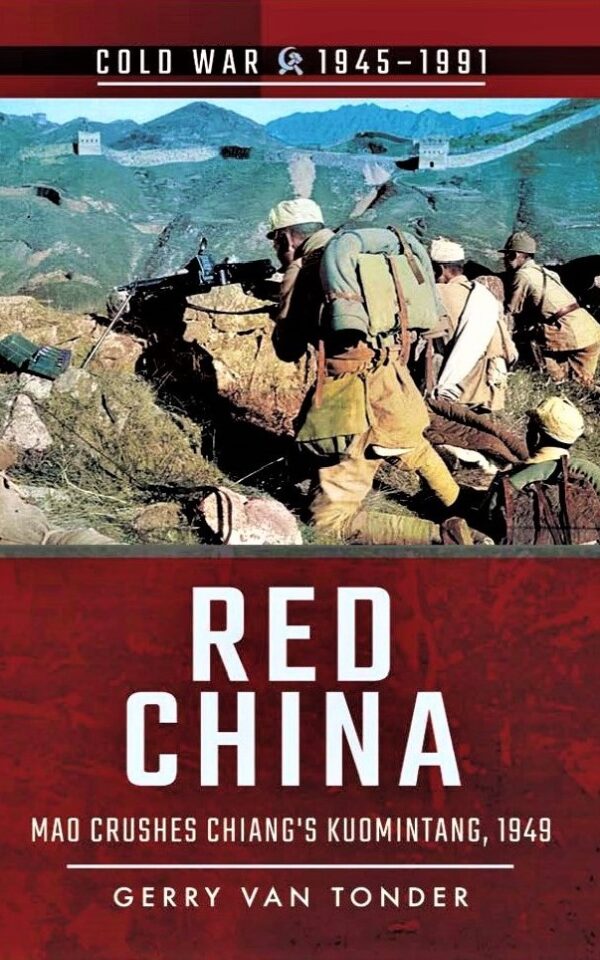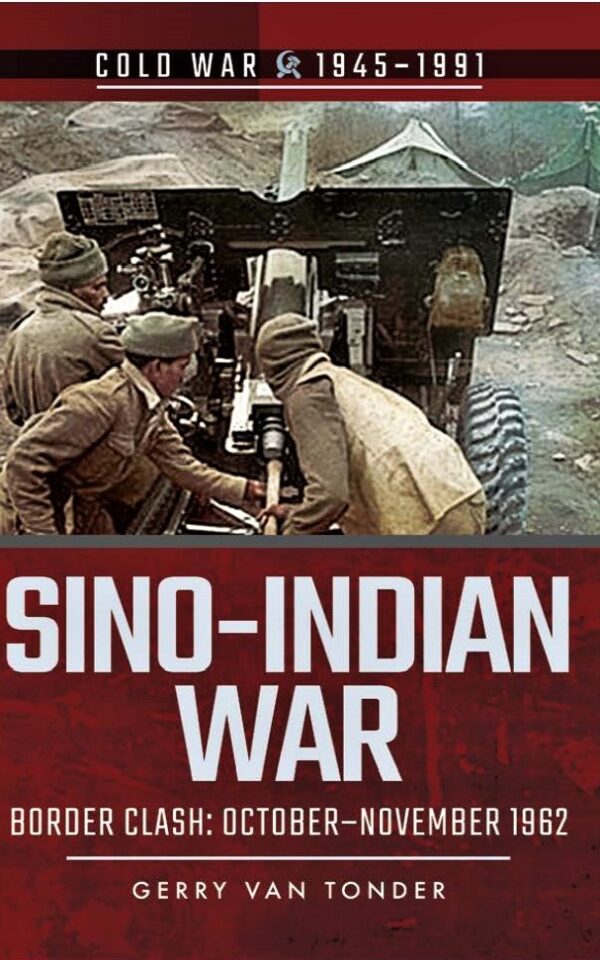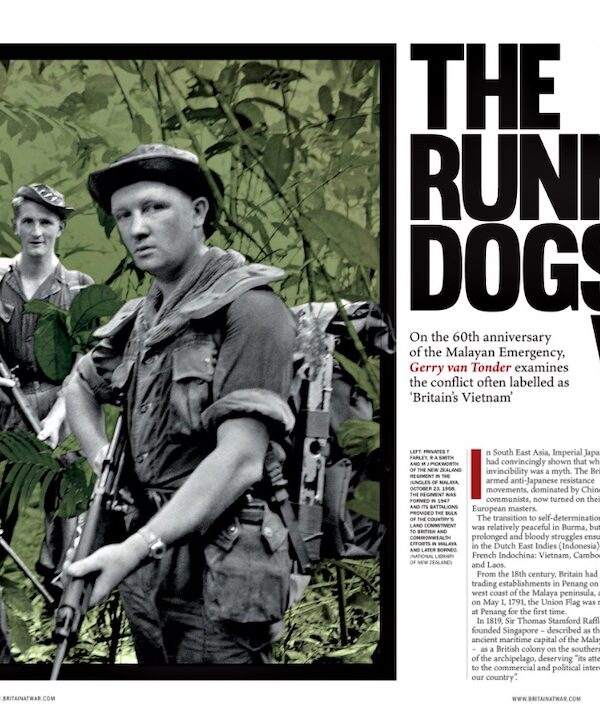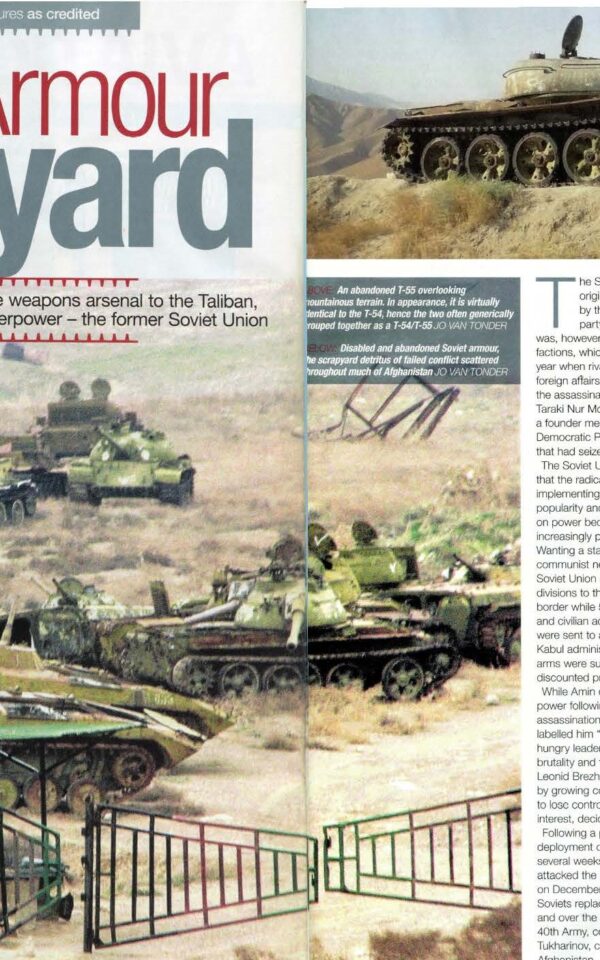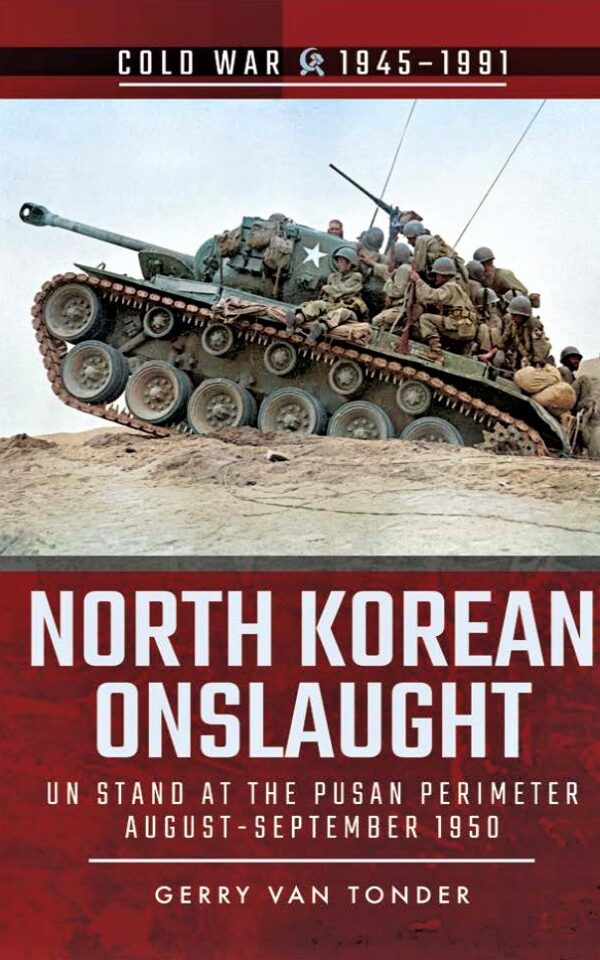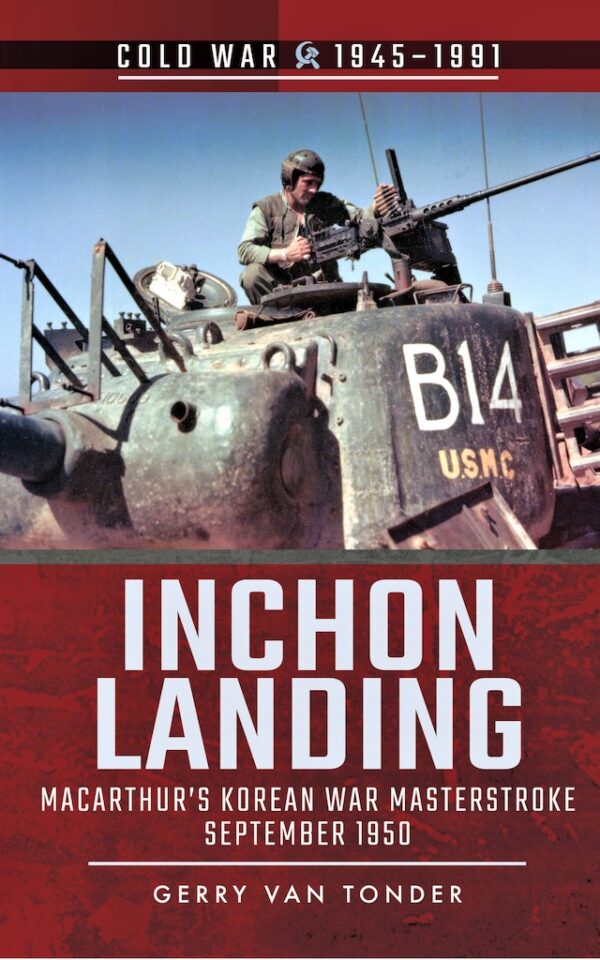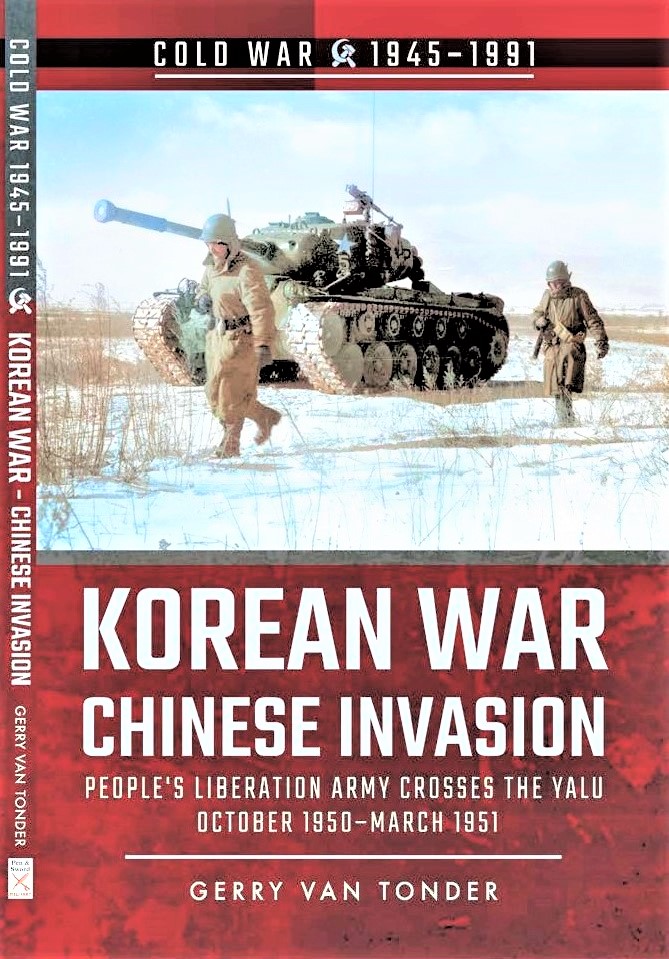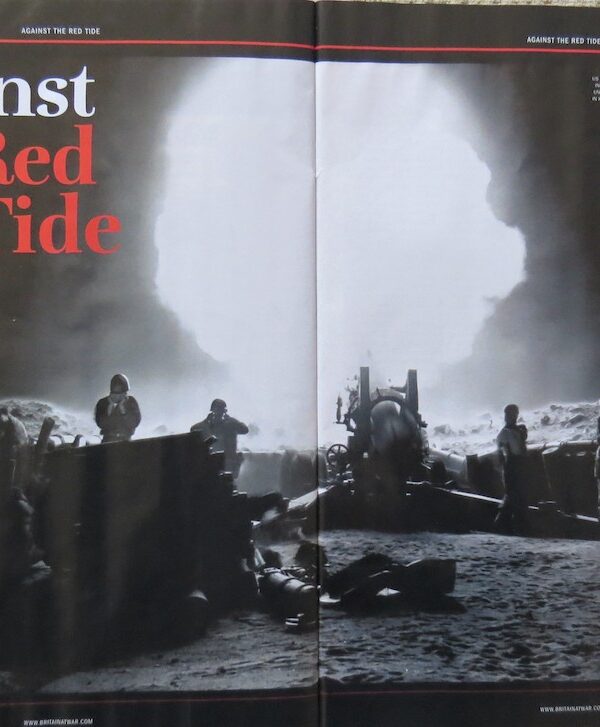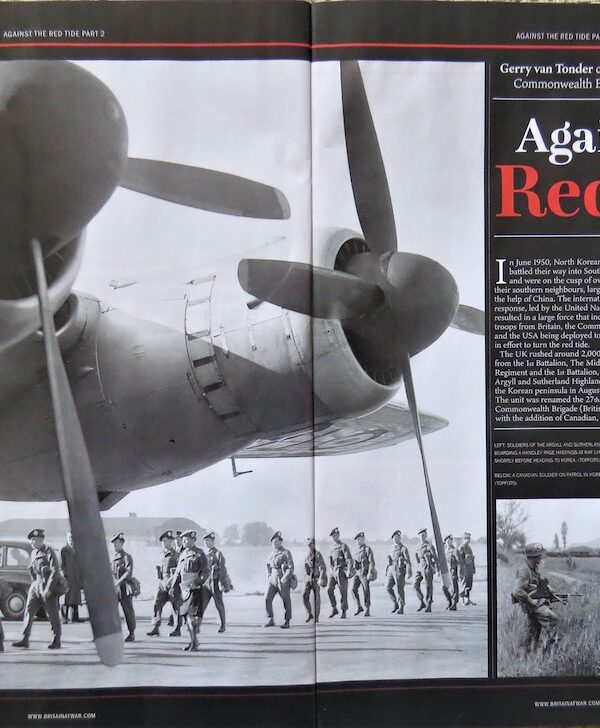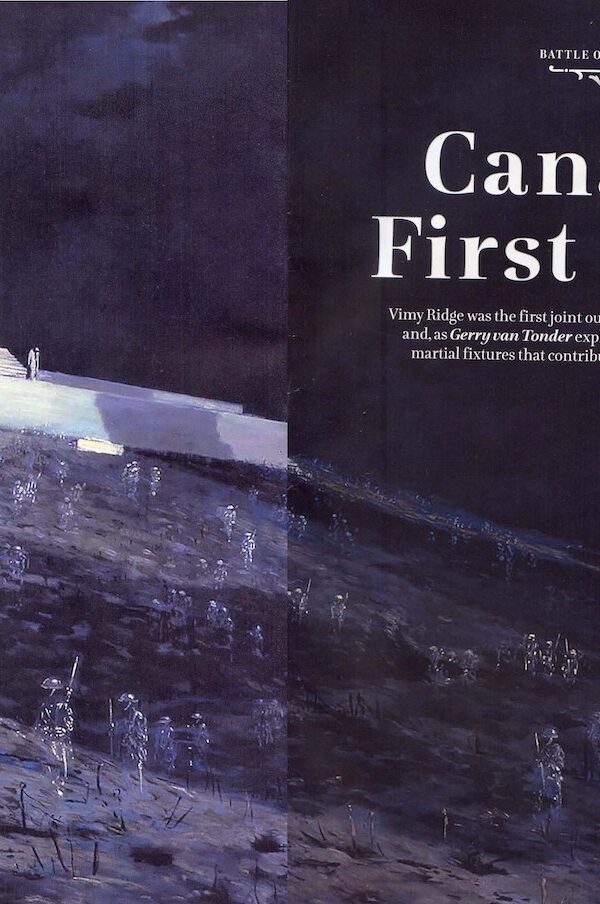Soviet Armour Graveyard, Afghanistan
The Soviet invasion of Afghanistan in 1979 aimed to support a communist regime but faced fierce resistance from Mujahideen fighters, leading to a protracted and costly conflict. Despite significant military investment, the Soviets suffered heavy casualties and equipment losses, ultimately withdrawing in 1989. This conflict underscored the challenges of foreign military intervention in Afghanistan, foreshadowing similar experiences for other nations.
China Invasion: People’s Liberation Army Crosses the Yalu October 1950–March 1951
"China Invasion: People’s Liberation Army Crosses the Yalu October 1950–March 1951" explores a pivotal shift in the Korean War, as Chinese forces enter North Korea, overturning UN advances. After MacArthur's push north, China's ambushes and strategic assaults force UN troops into retreat, notably at the Chosin Reservoir. This volume highlights the transition from UN dominance to a fierce battle for survival against a formidable Chinese military presence, marking a critical juncture in the conflict's trajectory.
Against the Red Tide Part 1: 27th British Commonwealth Brigade’s Korean War
"Against the Red Tide Part 1" highlights the 27th British Commonwealth Brigade's pivotal role in the Korean War. Deploying from Hong Kong and integrating units from the Commonwealth, they played a key part in defending the Pusan Perimeter and advancing into North Korea. Their journey from the Inchon landing through to the Chinese intervention underscores the brigade's resilience and strategic impact amidst coalition forces, navigating the harsh realities of warfare and complex logistical challenges in a pivotal Cold War conflict.
Against the Red Tide Part 2: 27th British Commonwealth Brigade’s Korean War
"Against the Red Tide Part 2" narrates the 27th British Commonwealth Brigade's enduring struggle in the Korean War through 1951. Tasked with covering retreats and serving as the rearguard for Seoul's evacuation, the brigade faced daunting challenges against Chinese forces. Their heroic stands, particularly at the Imjin River and Kapyong, where they sustained heavy casualties but demonstrated extraordinary heroism, are highlighted. The brigade's significant contributions were recognized with a change in command and an American Presidential Unit citation for their actions near Kapyong, reflecting their critical role in the UN's military campaign.
Canada’s First Stand: Battle of Vimy Ridge
"Canada’s First Stand: Battle of Vimy Ridge" marks a defining moment for Canada during WWI, showcasing its military prowess and national unity. In April 1917, the Canadian Corps, for the first time fighting together, captured Vimy Ridge through a well-coordinated attack planned by Lt Gen Sir Julian Byng. This victory, achieved at great cost, symbolized Canada's emergence as a nation with a significant role on the global stage, contributing to its path towards legislative independence and fostering a deep sense of national pride.

